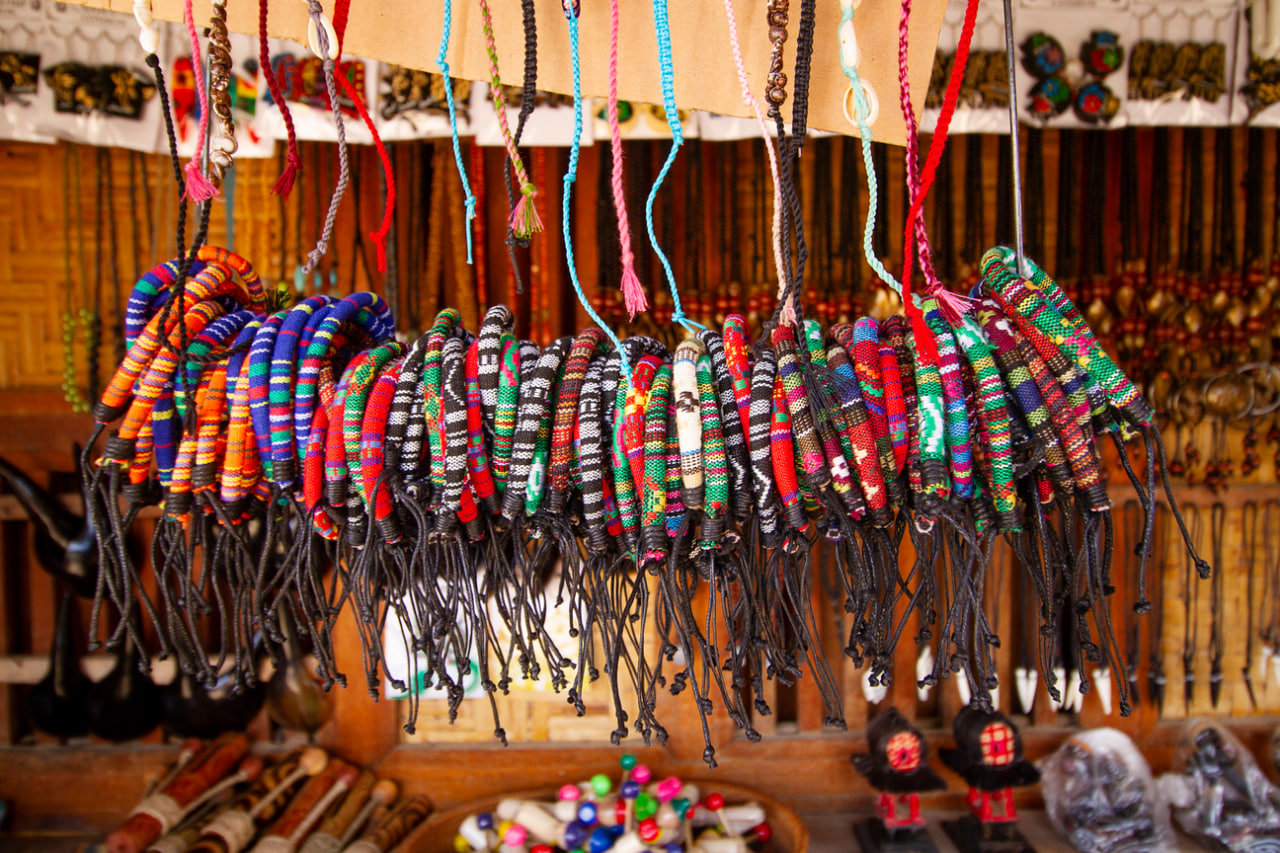Understanding the Basics of Necklace Design
Designing a handmade necklace begins with understanding the principles of balance, proportion, and style. Every element, from beads and gemstones to chains and clasps, contributes to the overall look and feel of the piece. Selecting complementary colors, textures, and shapes is essential to create a cohesive design that is visually appealing and wearable.
Before starting, consider the necklace’s purpose. Is it meant to be a statement piece, everyday accessory, or gift? The intended use influences length, materials, and overall style. Understanding your vision helps guide material selection and assembly techniques, ensuring the final piece meets your creative goals.
Choosing Materials for Your Necklace
Selecting the right materials is critical for both aesthetics and durability. Popular choices include beads, gemstones, crystals, pearls, and metal components. Each material offers unique qualities in color, weight, and texture, allowing you to customize your design.
- Beads and Gemstones – Available in various shapes, sizes, and finishes. Mix and match to create contrast or harmony.
- Chains and Cords – Provide structure and support for the beads. Materials include metal chains, leather cords, or silk threads.
- Findings and Clasps – Essential for functionality, including lobster clasps, toggle clasps, and jump rings. Choosing the right clasp ensures ease of wear and security.
Understanding the properties of your materials prevents common issues such as breakage, discoloration, or uneven tension in the finished necklace.
Planning Your Necklace Design
Before assembly, sketching your design helps visualize proportions and placement. Layout boards or bead mats are useful tools to arrange components and experiment with sequences. Planning ensures balance in weight, color distribution, and spacing.
Consider focal points—elements that draw attention and serve as the centerpiece. Position larger or more decorative beads in the center and gradually taper toward the ends for symmetry. Experiment with asymmetry for modern or artistic designs, but ensure visual harmony is maintained.
Stringing and Assembly Techniques
The assembly stage requires patience and precision. Use appropriate stringing materials for your chosen beads and components, such as beading wire, thread, or elastic cord. Threading needles or specialized tools may be needed for smaller beads or intricate designs.
Securing components properly is crucial. Crimp beads or knots anchor beads and prevent slippage. Ensure consistent tension throughout the necklace to avoid sagging or uneven spacing. Practicing proper technique in stringing and finishing guarantees both durability and professional appearance.
Incorporating Patterns and Textures
Patterns and textures add interest and personality to a necklace. Alternating colors, shapes, or sizes creates visual rhythm. Combining smooth beads with faceted gemstones introduces depth, while layering materials such as metal and fabric adds tactile variety.
Consider repeating motifs or sequences to establish continuity. Patterns can be symmetrical or asymmetrical depending on the desired style. Experimentation allows you to develop a signature approach while understanding how individual elements interact in the design.
Adding Finishing Touches
The finishing touches define the necklace’s quality and functionality. Attach clasps securely, trim excess wire or thread, and check for sharp edges or loose components. Polishing metal findings and inspecting beads ensures a polished, professional look.
Additional embellishments like charms, pendants, or tassels can enhance the design, providing focal points or accentuating color schemes. Proper placement and proportion of these elements prevent overcrowding and maintain visual balance.
Safety and Comfort Considerations
A well-designed necklace is not only visually appealing but also comfortable and safe to wear. Consider the weight of materials, the flexibility of the cord, and the placement of decorative elements. Avoid sharp edges or protruding components that could snag clothing or irritate the skin.
Testing the necklace by wearing it and evaluating movement ensures it sits correctly and functions as intended. Small adjustments during assembly improve comfort, fit, and overall satisfaction with the finished piece.
Practice and Experimentation
Designing your first handmade necklace is a learning experience that improves with practice. Experiment with materials, patterns, and techniques to discover your preferences and style. Documenting designs and outcomes helps refine your skills and provides inspiration for future projects.
Exploring different approaches and challenging yourself with new materials or intricate designs fosters creativity and builds confidence. Each necklace you create is an opportunity to combine technical skill with artistic expression, resulting in unique, wearable art that reflects your personal vision.

